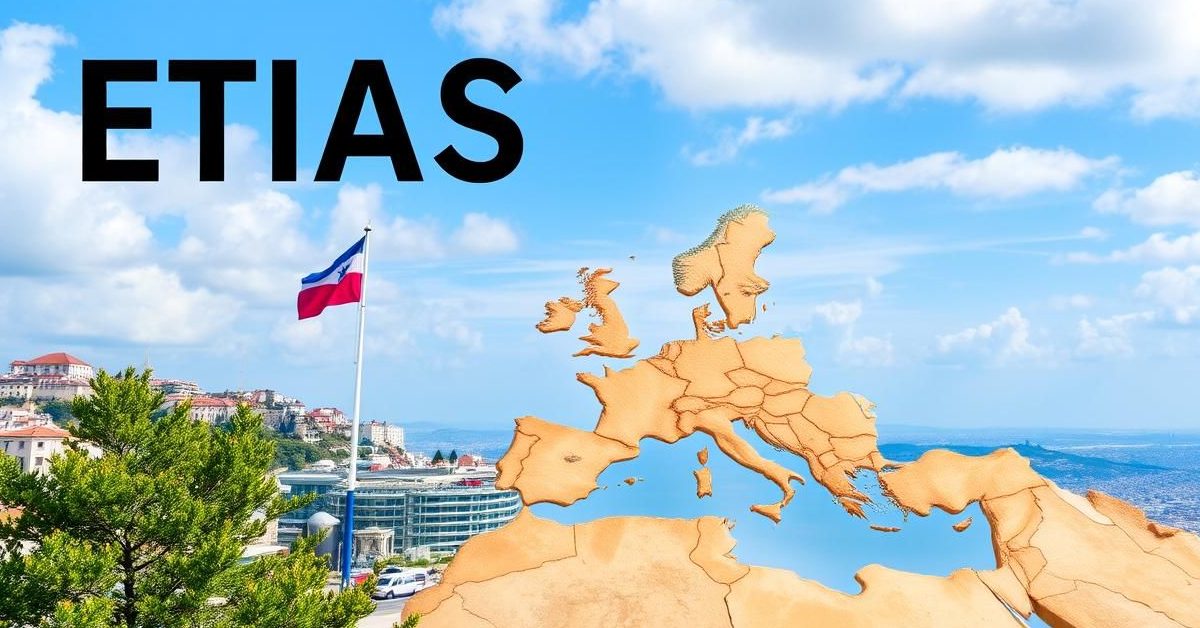Europe is set to significantly increase the fee for its new digital travel permit, known as ETIAS, nearly tripling it from 7 euros to 20 euros.
Understanding the ETIAS Travel Permit
The European Travel Information and Authorisation System (ETIAS) is a digital travel permit designed for non-EU nationals who don’t need a visa for short stays in Europe. Countries like Canada, the United States, and the United Kingdom fall into this category.
Once operational, this permit will be a requirement for entry into the 27 EU countries, with the exception of Ireland. It will also apply to Norway, Iceland, Switzerland, and Liechtenstein. The ETIAS permit will be valid for a period of three years.
The Fee Hike and Its Reasons
Initially, when the ETIAS regulation was adopted in 2018, the proposed fee was set at a modest 7 euros. However, a new proposal published recently aims to raise this to 20 euros (approximately USD 23).
The European Commission states that this adjustment is necessary to boost its financial resources. These funds are earmarked for various EU priorities, including defense and agriculture initiatives. The increase also reflects current inflation and additional operational costs associated with the system.
Furthermore, the Commission believes this new fee brings the cost of the EU’s travel authorization in line with similar programs. For example, the UK’s ETA permit costs 16 pounds (around USD 21), while the United States’ ESTA permit is priced at USD 21.
Who Needs ETIAS and Who is Exempt?
The ETIAS permit is specifically for citizens of countries that are currently visa-exempt for short visits to the Schengen Area. Its primary purpose is to identify potential security risks, irregular migration concerns, and other issues, while also streamlining border crossings for legitimate travelers.
It’s important to note that certain age groups will be exempt from paying the fee. Travelers under 18 years old and those aged over 70 years will not be required to pay the 20-euro charge.
Implementation Timeline
While the ETIAS scheme was adopted several years ago, its implementation has faced delays. It was originally intended to launch alongside a new automated border check system.
The new 20-euro fee is set to take effect as soon as ETIAS becomes operational. The current expectation for the system to go live is the last quarter of 2026. The European Parliament and member states have a two-month period to review this proposed fee increase.
- The new ETIAS travel permit fee for Europe is proposed to be 20 euros, up from the original 7 euros.
- It will be required for visa-exempt non-EU nationals visiting most of the Schengen Area, plus Norway, Iceland, Switzerland, and Liechtenstein.
- The permit will be valid for three years.
- Travelers under 18 or over 70 will be exempt from the fee.
- ETIAS is expected to become operational in the last quarter of 2026.
This fee adjustment is part of a broader strategy by Brussels to secure increased financial contributions, aligning with its recently proposed two-trillion-euro long-term budget for 2028-2034.















